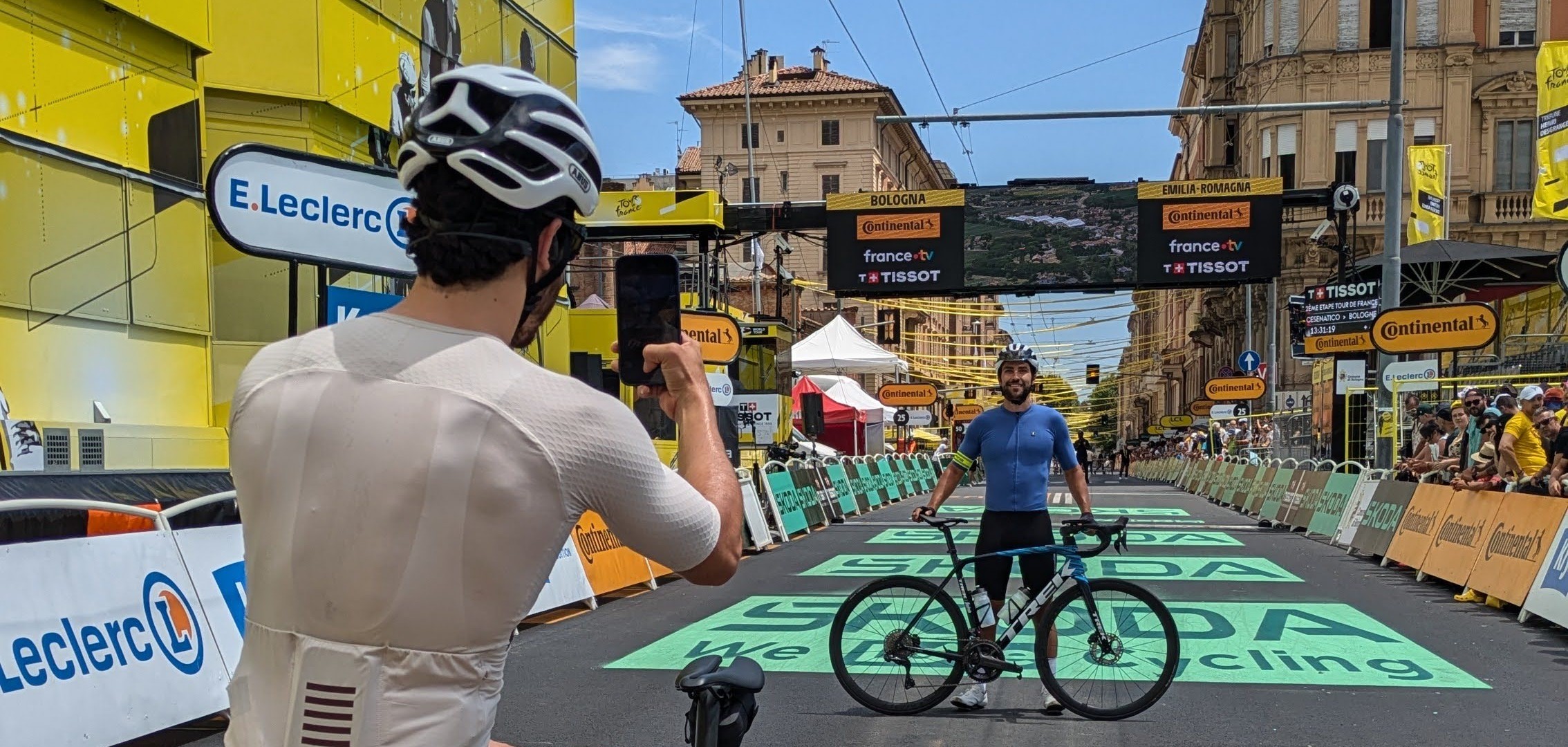Choosing the right bike for touring
When it comes to bike touring, not all bikes are created equal. The type of bike you choose will depend on the terrain, the distance you plan to cover, and how much weight you’ll be carrying. Here are the most common types of bikes used for touring:
1. Touring bikes
Specifically designed for long-distance travel, touring bikes are built for comfort and durability. They typically have a relaxed geometry, allowing you to ride comfortably for hours, and they come equipped with mounting points for racks and panniers. Touring bikes also have strong frames and components that can handle the extra weight of loaded gear.
2. Gravel bikes
Gravel bikes offer versatility for mixed terrain. With wider tires and sturdy frames, they can handle both paved roads and off-road paths. Gravel bikes are becoming increasingly popular for bikepacking and adventure cycling, as they provide a good balance of speed and stability.
3. Mountain bikes
If your tour involves more rugged, off-road trails, a mountain bike might be the best option. These bikes are built for rough terrain and provide excellent control and comfort on dirt paths and rocky roads. However, they may not be as fast or efficient on paved roads as touring or gravel bikes.
4. Road bikes
While not traditionally designed for carrying heavy loads, road bikes can still be used for lighter tours that stick to smooth, paved roads. You’ll need to ensure your road bike has eyelets for racks or other options for carrying gear, as well as gears suitable for climbing hills with added weight.
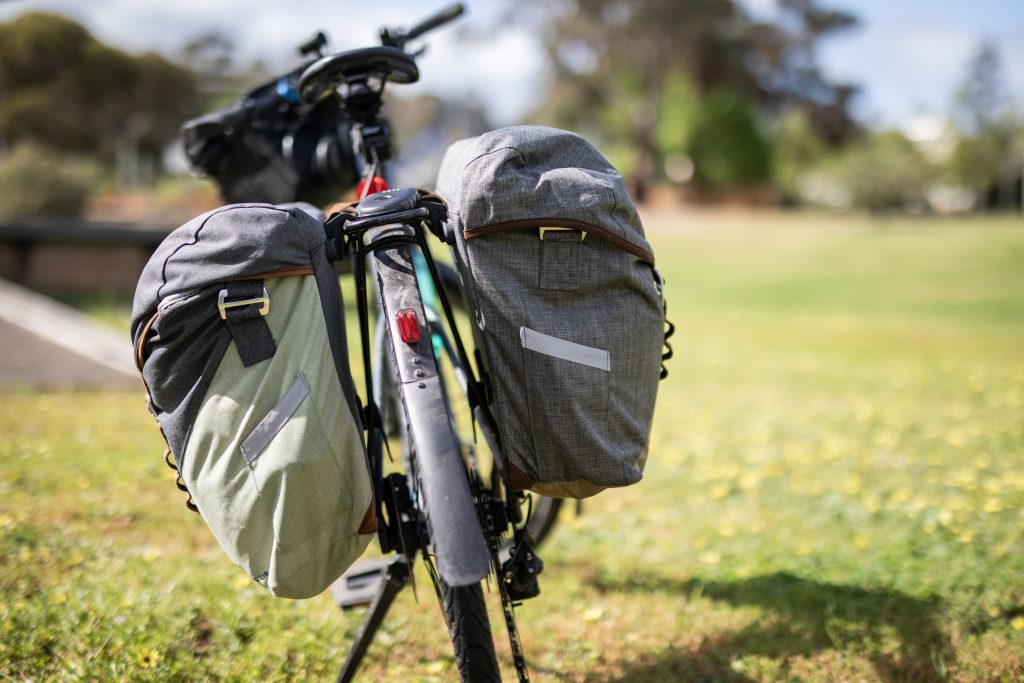
Essential touring bike gear
Once you’ve selected your bike, it’s time to focus on the gear you’ll need for a successful trip. Your packing list will vary depending on the length and location of your tour, but certain items are universally important for any bike tour.
1. Panniers and racks
To carry your gear, you’ll need a reliable system of racks and panniers. Rear panniers are the most common choice for bike tours, as they can hold a significant amount of gear without affecting your balance too much. Some cyclists also opt for front panniers to distribute weight more evenly.
When selecting panniers, look for waterproof options or pack your items in dry bags to keep everything safe from rain. Ortlieb and Arkel are popular brands known for their durability and weather resistance.
2. Bikepacking bags
If you’re looking for a more minimalist setup, bikepacking bags offer an alternative to panniers. Frame bags, seat packs, and handlebar rolls attach directly to your bike without the need for racks. Bikepacking bags are great for gravel and mountain bike tours, especially when riding on rough terrain where traditional racks might be a hindrance.
3. Tools and repair kit
Even with a well-maintained bike, mechanical issues can occur on the road. Always carry a basic repair kit that includes:
- Multi-tool with chain breaker
- Spare inner tubes and patch kit
- Tire levers
- Mini pump
- Chain lube
These tools can help you fix common issues like flat tires, chain problems, or loose bolts, keeping you on the road without needing outside assistance.
4. Camping gear
If you’re planning a multi-day tour and prefer to camp, lightweight and compact camping gear is essential. Here’s what to include:
- Tent: Choose a lightweight, durable tent that can be easily packed onto your bike. A two-person tent is a good balance between space and portability for solo cyclists.
- Sleeping bag: Opt for a sleeping bag that’s rated for the lowest temperatures you expect to encounter. Down sleeping bags are lightweight and packable, but synthetic bags are better for wet conditions.
- Sleeping pad: A comfortable sleeping pad will insulate you from the ground and provide cushioning for a good night’s rest.
5. Water bottles and hydration systems
Hydration is critical when cycling for long hours. Carry at least two water bottles and refill them whenever possible. In remote areas, consider bringing a water filter or purification tablets to ensure you have access to clean drinking water.
Clothing and accessories for bike touring
When it comes to clothing, comfort and practicality are key. Bike tours often involve long hours in the saddle, so you’ll want to wear clothing that’s both breathable and durable.
1. Cycling shorts and jerseys
Padded cycling shorts are a must for long-distance rides, as they reduce chafing and provide extra comfort. Cycling jerseys made from moisture-wicking fabrics help keep you dry and cool during hot days, and their pockets offer convenient storage for snacks and small items.
2. Waterproof gear
Weather can be unpredictable, so always pack a waterproof jacket and rain pants. Look for lightweight options that pack small but provide full protection from wind and rain.
3. Footwear
Cycling shoes with clip-in pedals can improve efficiency, but many touring cyclists prefer flat pedals with regular shoes for more comfort when off the bike. Choose shoes that are breathable, durable, and comfortable to walk in when you’re exploring off the bike.
Sample packing list for a multi-day bike tour
| Item | Quantity | Notes |
|---|
| Touring bike or gravel bike | 1 | Sturdy, comfortable, and suitable for terrain |
| Rear panniers | 2 | Waterproof and spacious for gear |
| Frame bag | 1 | For essentials like tools and snacks |
| Tent | 1 | Lightweight, compact, 2-person tent |
| Sleeping bag | 1 | Lightweight, rated for expected temps |
| Multi-tool | 1 | With chain breaker and tire levers |
| Spare inner tubes | 2 | Choose the correct size for your tires |
| Water bottles | 2 | At least 1 liter each |
| Rain jacket | 1 | Waterproof and packable |
| Padded cycling shorts | 2 | For long-distance comfort |
| Cycling jersey | 2 | Breathable, moisture-wicking |
| Snacks | Varies | Energy bars, dried fruit, and nuts |




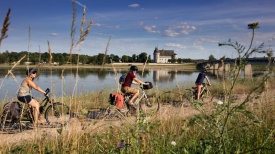 France Bike Tours
France Bike Tours
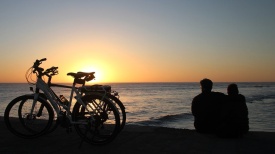 Europe Bike Tours
Europe Bike Tours
 Europe Luxury Bike Tours
Europe Luxury Bike Tours
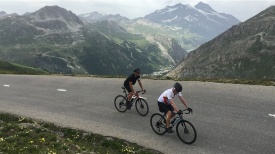 Epic Cycling
Epic Cycling
 Cycling Challenges
Cycling Challenges
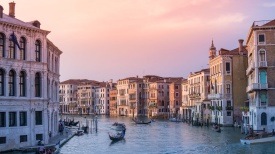 Italy
Italy
 Spain
Spain
 Holland
Holland
 United Kingdom
United Kingdom
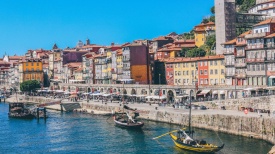 Portugal
Portugal
 Ireland
Ireland
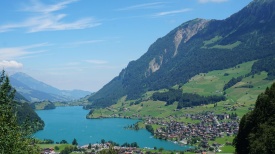 Switzerland
Switzerland
 Croatia
Croatia
 Baltic States
Baltic States
